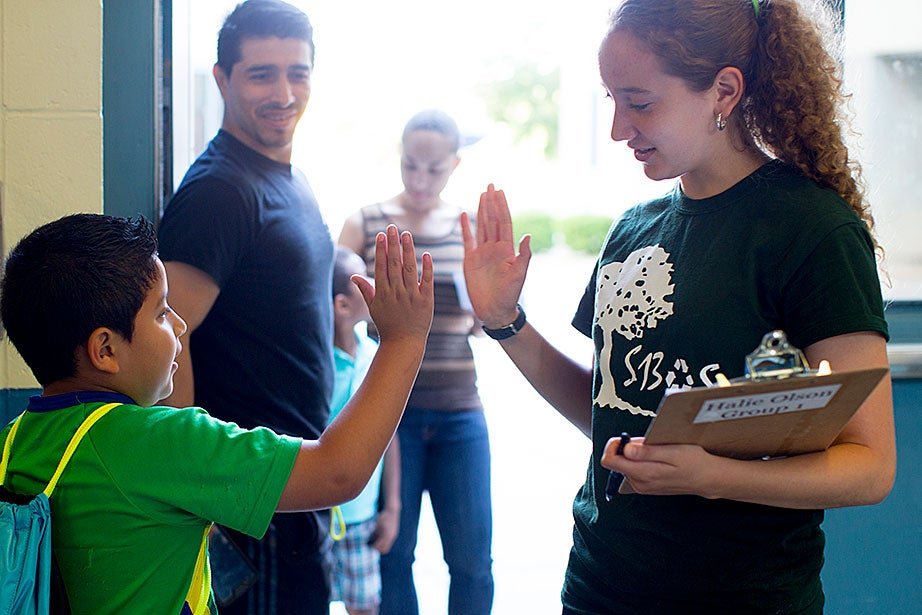I am absolutely fascinated by how the human brain comes to comprehend and produce language, and by how experiences and development shape the brain’s language system. Below are a few current and past projects that represent key lines of my research so far.
Ontogenetic Origins of the Brain’s Language System
In adults and older children, the human brain has a dedicated system for processing language. Where does this come from and how does it change as we learn language?
Language in the Toddler Brain
If we want to understand the emergence of the brain’s language system, we have to turn to toddlers. Toddlerhood captures the transitional period between an infant who knows a few isolated words and a young child who can carry on a coherent conversation with you. Not only do toddlers undergo rapid and remarkable changes in their language comprehension and production, but they also use language constantly with the people around them, even before it is fully developed. How does the brain support language comprehension while toddlers are still learning language for the very first time?
We tackled this question by measuring language responses in awake toddlers using fMRI. Incidentally, toddlers are not the easiest to scan, especially when they’re awake. We had to get creative in our scanning approach:
Using a child-friendly task we developed and validated in adults, we measured responses to comprehensible language and a control condition in toddlers between the ages of 19 and 36 months. (Check back for the preprint, to be posted soon!)
The best studies leave more questions than answers, so I am excited to begin scanning toddlers again in the near future – sign up here if you would like to learn more about participating.
Interesting Brains in Development
In the Interesting Brains Project, we are aiming to better understand how the developing brain functionally organizes, particularly for language, when there are physical constraints (e.g., early damage, congenital cysts). My role is to support the pediatric arm of this research program.
Experience and Language in the Developing Brain
Language is shaped by our experiences at multiple scales. How is this reflected in the developing brain?
Large Language Models
Language experience is very challenging to measure – much less experimentally manipulate – at a scale observable in the brain with functional neuroimaging, especially when we throw development into the mix. My postdoctoral research is funded by an NIH F32 fellowship grant to leverage large language models as a tool to investigate how language experience shapes the way language is represented in the developing brain.
I am actively recruiting children and teens for an ongoing fMRI study – reach out to learn more about participating! Here’s our overview of fMRI scanning for kids:
Motivation and Interests
Typically, researchers use generic and impersonal stimuli to understand cognitive function. In this project, we asked – what happens when we use personalized stimuli about children’s absolute favorite interests to measure language-evoked activation in the brain? We found that children’s brains responded more to the personalized language stimuli about their idiosyncratic interests, for both neurotypical and autistic children.
Here is a news article describing our work, and here you can listen to me talk about it on a podcast.
Connecting to Education
Speaking of interests, my passion for the neuroscience of language development stemmed from observing students, and I try to think about how my research may have downstream translational impacts.

Text-supplemented audiobooks
During the pandemic, we had the opportunity to launch a text-supplemented audiobook intervention with over 300 students across the country. Not only did this teach us a lot about conducting remote intervention studies, but we also found that one-on-one scaffolded support improved the efficacy of the text-supplemented audiobooks for struggling readers.